It was 110 years ago when a well-known motorcycling name undertook a feat of endurance on a Triumph.A group of enthusiasts felt it had to be recognised…
Words: Nick Jonckheere Photography: John Mijatovic
In 1905, the motorcycling world was having a few issues as the public began to have doubts about whether motorcycles were practical, cheap and reliable transport.
Enjoy more Classic MotorCycle reading in the monthly magazine.
Click here to subscribe & save.
Many of the early machines were indeed highly unreliable and ranged between slightly dangerous to one amusing description of a foreign machine as: “An unnecessarily complicated form of suicide.”
The situation was not helped as a great many bicycle dealers were selling motorcycles that they had created themselves using one of the myriad engines that were available from the fledgling propulsion unit manufacturers.
As many of these motors were unproven and created by engineers with great claims but little experience, it was not surprising that the end product did not ‘give complete satisfaction’ as they would have said in 1905.
That year, Triumph was still a small motorcycle maker that had been using a variety of other peoples’ engines until 1905, when it created its own engine for the first time.

To prove how reliable, practical and cheap the new machines were to run, Triumph devised a publicity stunt for the summer of 1905.
A respected amateur rider, the Rev Basil Davies, Ixion to the readers of The Motor Cycle, would ride one of the new 363cc 3hp Triumphs for 200 miles a day for six days in a row.
He would start from the George Hotel in Oxford and each day’s ride would radiate out to a different destination and loop back to Oxford with around 200 miles completed.
This was no easy task as the roads of 1905 were gravel and dirt and were quickly churned up by the horse and carts that were the main form of transport of the time.

The Triumph itself was basic, with no clutch, gears or rear suspension, with the engine directly driving the rear wheel by belt. In modern terms, Ixion was doing a daily 200 mile enduro for six days in a row.
The Triumph did need a little fettling as the newly designed engine was not yet perfected, but apart from needing to grind in valves, replace the occasional broken piston ring and a broken frame, it went very well. Ixion and his Triumph completed this marathon of 1279 miles in six days and this became one of the key events in the success and growth of Triumph.
As July 1, 2015, would be exactly 110 years to the day since Ixion had ridden the 200 mile loop down to the New Forest area and back, a group of veteran motorcycle enthusiasts decided to try and repeat this feat.
A route was worked out that followed the original as much as possible, but also took in many empty little country lanes for a more ‘period’ riding experience.
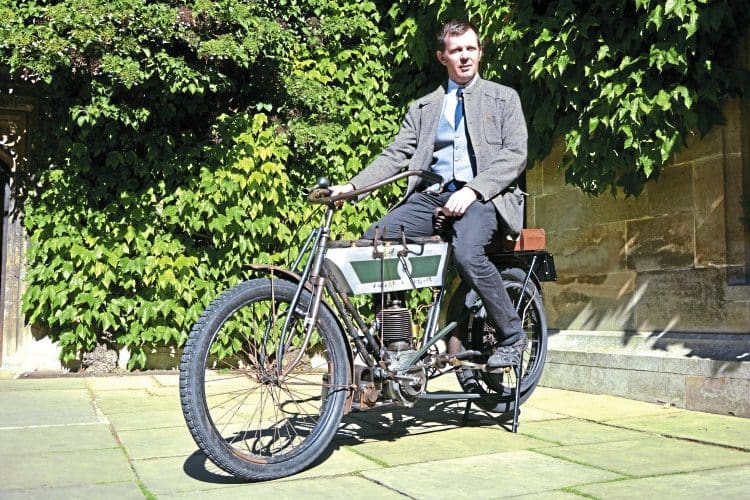
My 1905 Triumph (normally kept at my house in Ostend, Belgium) is the only one in running order and I was keen to join in. As Ixion had been a student at Oxford’s Lincoln University in 1900, the University kindly helped with accommodation and assistance in this adventure.
And so just after 6am on July 1, 2015, the Triumph sat at the site of the now demolished George Hotel, exactly 110 years since Ixion set off, to try and repeat the feat.
Given the changes in road layouts since 1905 there were some enforced changes to the original route which is understandable and the destination was the National Motor Museum at Beaulieu rather then Bournemouth. However, the mileage was the same in both cases, at 207 miles.
The rider reports:
On Wednesday, July 1, exactly 110 years after Ixion did this leg, I set off from Oxford, Cornmarket Street.
The George Hotel, Ixion’s lodgings for his six day trial in 1905, is now a bank.
Setting off at 6.20am, I’m a bit late compared with his 5am start. Still, I soon spot village names that are familiar from his writings: Wallingford, Goring, Pangbourne… I make my first stop at Goring, and photograph the Thames that I am crossing.
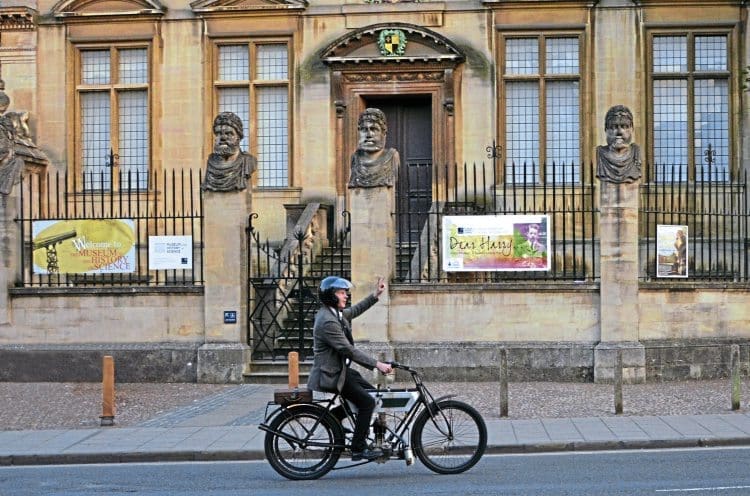
I have been on the road for one hour now and all is going well. I’m still on my own, as the ‘rescue crew’ had to tackle the Oxford one-way system after they waved me off. It takes the fastest car an hour-and-a-half to catch up with me, just in time as I am now leaving B-roads for beautiful country lanes with no traffic at all.
This is to avoid Reading, which Ixion did drive through but would be problematic for me at 8am… I go through Sulhamstead, Ufton Nervet, Mortimer Common and Bramley Green, and the trusty Triumph now follows the ‘navigational escort’ (Paul) and never misses a beat… will this continue for another 160 miles?
I’m getting more and more used to starting the 3hp, 363cc engine after, for example, traffic lights – it takes only one or two turns of the pedals to get it going again.
Mind you, it is a single speeder, with direct drive (no clutch), so the engine has to be stopped with the exhaust valve lifter at traffic lights. I need to do this a few times on the Basingstoke ring road, and I ride just above idle, very slowly, between rows of almost standstill traffic, in which the rescue crew gets hopelessly stuck.
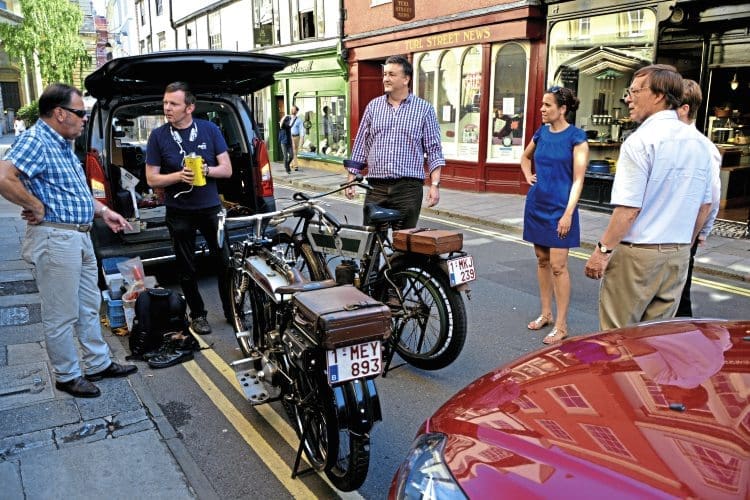
But past Basingstoke it is rural again, via the Candovers. There is the only hill of the whole day that I cannot take.
My 4.33:1 belt ratio is fine for flat country, but Farleigh Wallop is just too steep, and I push for a few hundred yards. A stop for refreshments at Preston Candover gives nice photo opportunities, but no bakers for breakfast.
Dextro Energy is fine for the time being, and lots of water, as the temperatures are already deep in the 20s… very much unlike Ixion, who reported on “bittercold” in the morning.
Eventually, ‘rescue car’ crew Dave and Jen catch up, as does Richard on a more modern Laverda, giving moral support (after having organised the college photo permits and Lincoln College accommodation!).
I decide to go through Winchester city centre, which is uphill most times. The traffic is not too bad and some pedestrians gaze at me with amazement. Do they think they are in a time warp?
Then towards Southampton, and although Ixion went through the centre, where he had a nasty experience with some tram rails. I can avoid the city and go via Totton towards Lyndhurst, where I have a minute of rain (Ixion had lots of it, and described his oilskins as “porous as a net…”).
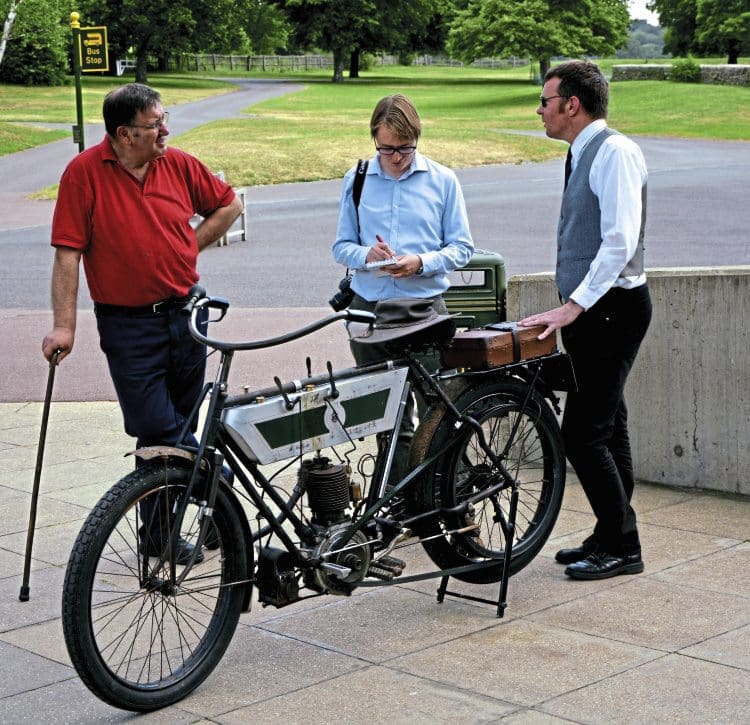
This brings me to Beaulieu via the wonderful road through the New Forest, where horses and cows are not surprised to see me – they are seemingly used to much more already.
At the Beaulieu National Motor Museum, a warm welcome is received from museum director Doug Hill and motorcycle specialist Mike ‘Sticks’ Gillett, who kindly pulled their 1903 JAP clip-on engined Triumph out of the collection for us to compare.
A magic moment to put these two very rare Triumph ancestors together! During a quick go-around with the spanner in the museum’s workshop, the Triumph was again in excellent company with the 1924 Sunbeam Land Speed Record machine Bluebird.
But there is not too much time to waste. After a welcome meal in the Brabazon, the open road was calling again, and trying to miss Southampton, I suddenly find myself on the M271, which isn’t really a problem as the traffic goes slowly.
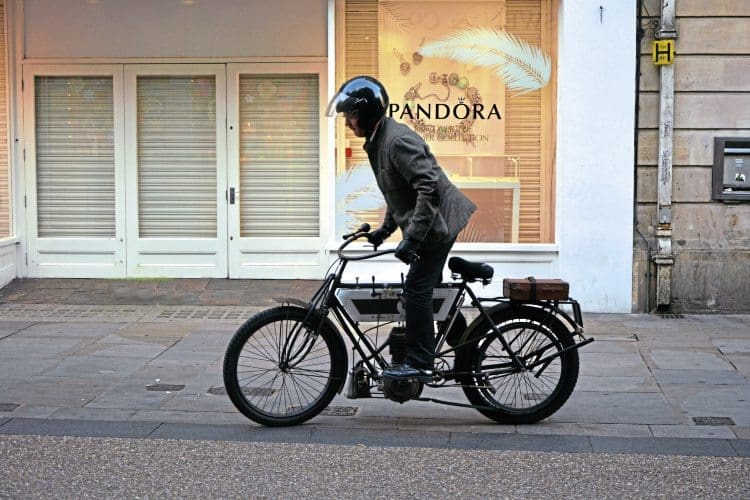
Miles later I’m going through Winchester again, where Ixion reported piston ring breakage – being prepared, he carried spares. As he probably only had one of the very first Triumph-built engines batch, the metallurgy wasn’t fully up-to-date.
He also reground the valves every night. Myself, having engine number 314, I still run it on the original piston.
Replenishing man and machine at a country pub near Totford gives time to check the maps a final time. Approaching Farleigh Wallop from the other side gives a less steep hill climb and goes alright, just like Basingstoke ringroad, where the rush-hour is passed.
Near Sulhamstead, misfiring starts, and suddenly the engine stops. This must be magneto trouble (an accessory available by February 1905), and the cause is quickly found – the fibre cam has moved and duct tape makes for a sufficient temporary repair.
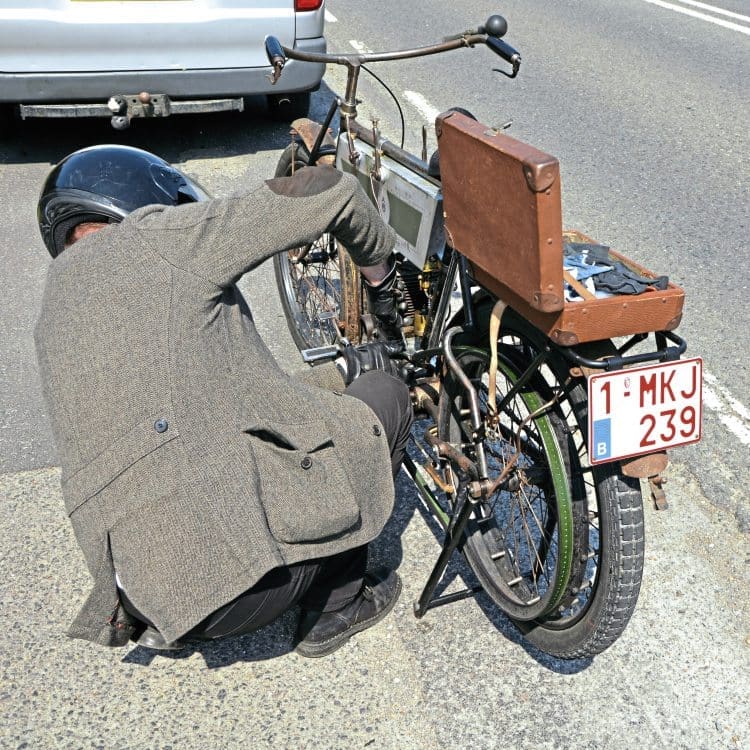
In 1905, Douglas Hall, acting to ‘check and certify’ the daily mileage only appeared in Goring that day (sometimes they just rode together), but today, I go and go and reach Oxford’s Cornmarket Street at 8.20pm, exactly 14 hours after the start from the same spot, with no aches anywhere. But I cheated, and had installed a gel-filled saddle cover…
In his article in 1905, Ixion described he would go that far to settle three vexed questions:
“1. Is long distance motorcycling as fatiguing and nerve-wracking a pursuit as the half penny press pretends?
“2. Is it ultra-expensive in the matter of repairs etc…
“3. Can the modern machine be trusted to ‘the average private purchaser’, who picks up a few simple rules of thumb, but remains, from the engineer’s point of view, an absolute duffer?”
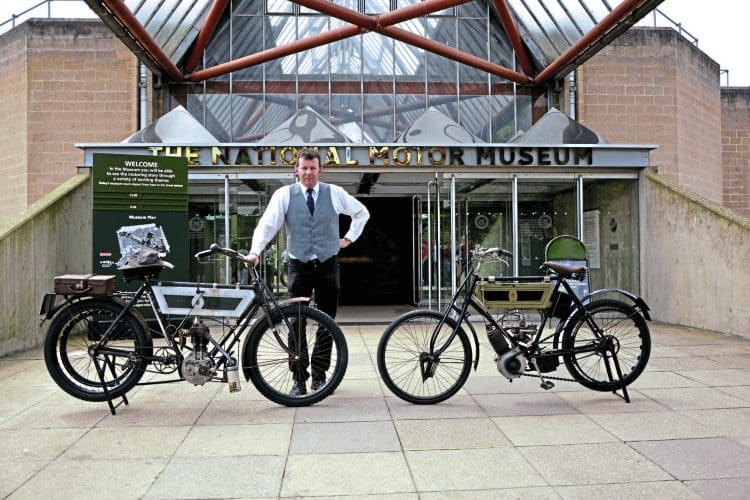
Even 110 years later, the answers are still the same:
- No, but I had Tarmac roads all the time, he had mud and ‘grease’ which created sideslip and aching wrists.
- No. Only three gallons of petrol were used, and less than a litre of SAE 50. Since the first start of the engine, the plug has not come out yet, and the valve clearance hasn’t been adjusted, simply because you have to cut them to length, there are no adjusters, and I seem to have done it right, first time!
- Finally, with the above experience, I can fully confirm that the modern machine is suitable to the average private purchaser!
Many thanks to Dave and Jen Pittuck, Paul Gander, John Mijatovic, Lucy Smitalova and Richard Duffin for making it happen.
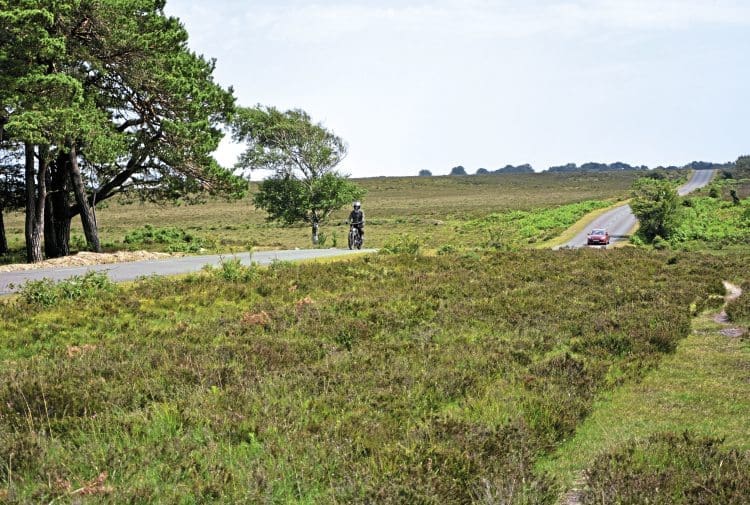
Read more News and Features at www.classicmotorcyle.co.uk and in the latest issue of The Classic Motorcycle – on sale now!
Advert
 Enjoy more The Classic MotorCycle reading in the monthly magazine. Click here to subscribe.
Enjoy more The Classic MotorCycle reading in the monthly magazine. Click here to subscribe.



